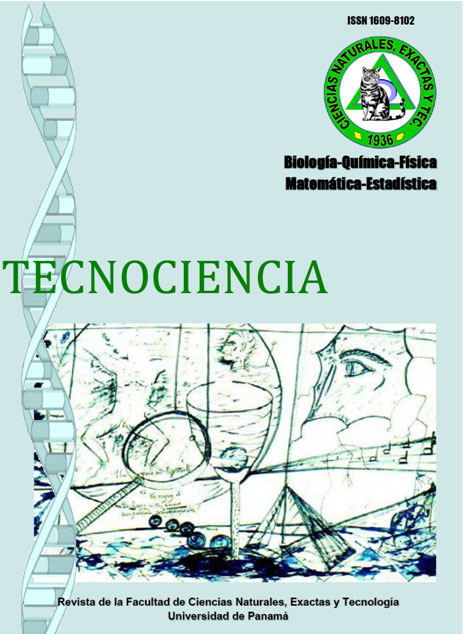

The sea cucumber (Isostichopus fuscus) is a holothurian echinoderm which inhabits on rocky bottoms and coral reefs along the Tropical Eastern Pacific. In Panama, there is no culture for its consumption; however, there is a high demand in Asian countries. Therefore it is an alternative fishery resource that requires conservation and management strategies. To date, the biology of this species remain poorly understood and there is only information on its taxonomic and geographical distribution. There are reports of illegal extraction I. fuscus and other sea cucumber species from Las Perlas and Coiba islands. Between 2004 and 2005, 689 kg of sea cucumber were exported from Panama to Hong Kong China. Overexploitation and habitat loss are the main threats. At the regional level, this species has been declared as an endangered species according to the criteria of the IUCN Red List. Given the growing interest in the exploitation of sea cucumbers, it is relevant to evaluate the basic biology of local populations, needed information that is needed for fisheries management and aquaculture development. This review aims to integrate and analyze the available biological information for I. fuscus, in order to develop and strengthen capacities for promoting resource management, enforcement of existing legislation for their protection, and achieving a practical perception of biology in the management and conservation of sea cucumbers in Panama.